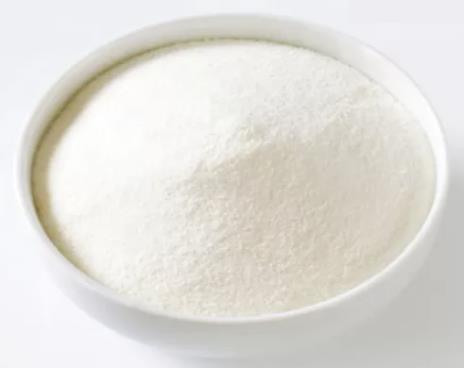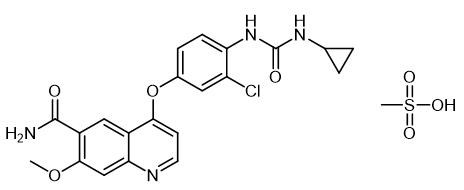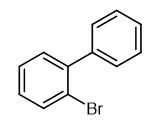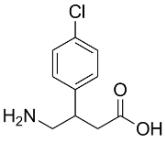Active Pharmaceutical Ingredients (API), popularly speaking, are the raw materials of medicines, only pharmaceutical raw materials are processed into pharmaceutical preparations , can they become medicines available for clinical use, so drugs we usually eat are the finished drugs through processing. Active Pharmaceutical Ingredients based on its sources can be divided into two major categories ,including chemical synthetic drugs and natural chemical drugs. Chemical synthetic drugs can be divided into organic synthetic drugs and inorganic synthetic drugs. Inorganic synthetic drugs are inorganic compounds ( very few is element), such as aluminum hydroxide, magnesium trisilicate which are used for the treatment of gastric and duodenal ulcers ; organic synthetic drugs are mainly composed of drugs made by basic organic chemical raw materials, through a series of organic chemical reactions (such as aspirin, chloramphenicol, caffeine, etc.). Natural chemical drugs ,based on its sources,can be divided into two categories including biochemical drugs and plant chemical drugs. Antibiotics are generally made by the microbial fermentation, which belongs to the biochemistry category. A variety of semi-synthetic antibiotics occurs in recent years,which are biosynthesis and chemical synthesis combining products.Among active Pharmaceutical Ingredients, the organic synthetic drugs varieties, yields and values have the largest proportion,which are the main pillars of the chemical and pharmaceutical industries. The quality of active Pharmaceutical Ingredients decides whether the formulation is good or bad , so its quality standards are very strict ,countries in the world have developed national pharmacopoeia standards and strict quality control methods for its widely used active Pharmaceutical ingredients.
Effect and Side Effects of RAD140
RAD140 is an investigational selective androgen receptor modulator (SARM) that is developed by Radius Health, Inc.
Aug 8,2022 APIPharmacodynamics and Toxicity of Nandrolone decanoate
Nandrolone decanoate, or nandrolone 17β-decanoate, is a synthetic estrane steroid and a derivative of testosterone.
Aug 8,2022 APIApplication and Preparation of DL-Tartaric Acid
DL-tartaric acid is a mixture of equal amounts of L-TA and D-TA, which is widely used in food, medicine, chemical industry, light industry and other industries.
Aug 8,2022 APISynthesis and Application of Lenvatinib Mesylate
Lenvatinib Mesylate is a multitarget tyrosine kinase inhibitor that may act on a variety of cancers.
Aug 5,2022 APISynthesis and Application of Cetrimide
Cetrimide can be used as cationic surfactants, which play a key role in organic synthesis.
Aug 5,2022 APISynthesis and Application of 3-Amino-1,2-propanediol
3-Amino-1, 2-propanediol can be used as an emulsifier, which is an important organic intermediate and pesticide intermediate.
Aug 5,2022 APISynthesis and Application of 2-Bromobiphenyl
2-Bromobiphenyl is an important pharmaceutical intermediate and organic intermediate.
Aug 5,2022 APISynthesis and Spectroscopy of Adamantanone
2-Adamantanone is used in the synthesis of pharmaceutical intermediates photosensitive materials and information technology fields.
Aug 5,2022 APISynthesis and pharmacokinetics of xylazine hydrochloride
Xylazine hydrochloride is a non-narcotic drug synthesized in 1962 by Bayer (Leverkusen, Germany), used as a sedative, analgesic, and muscle relaxant in animals.
Aug 3,2022 APIClinical application and adverse reactions of baclofen
Baclofen is a γ-aminobutyric acid (GABA) agonist approved for the treatment of spasticity and commonly used in the management of many types of neuropathic pain.
Aug 3,2022 API












